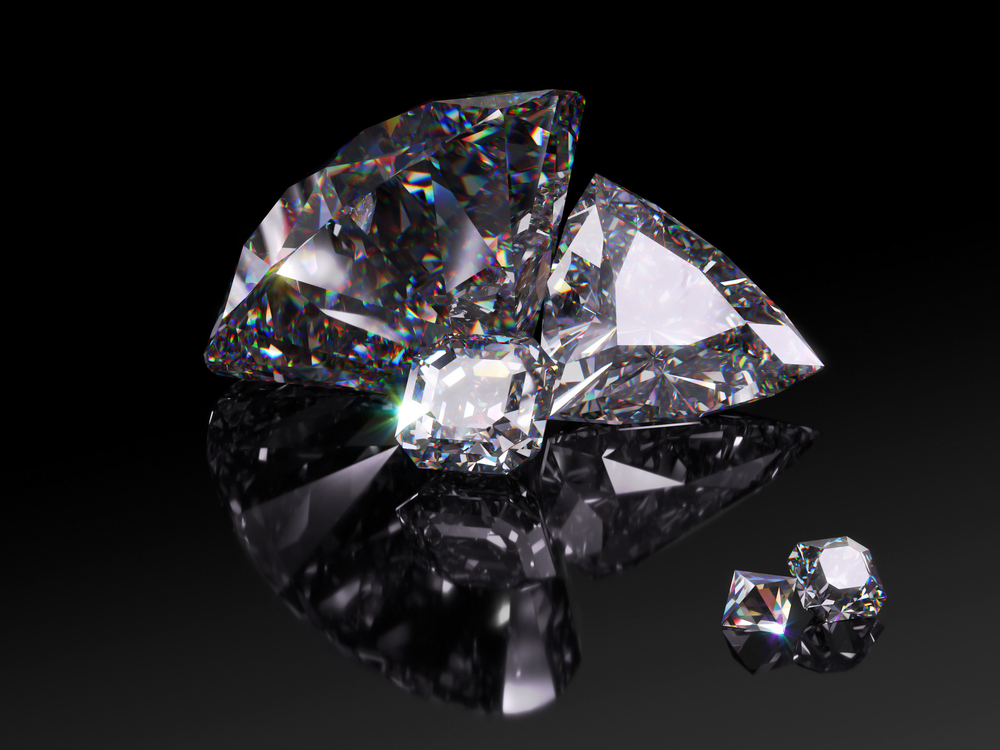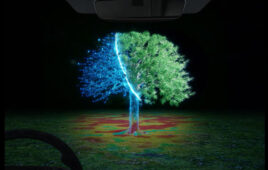
Scientists have produced a new, harder diamond that can be used for cutting through solid materials at mining sites.
Researchers in Australia have developed the one diamond you won’t see on an engagement ring anytime soon.
The Australian National University has led an international project aimed at making a diamond harder than a jeweler’s diamond and useful for cutting through ultra-solid materials on mining sites.
Jodie Bradby, Ph.D., an associate professor at ANU, led a team to make nano-sized Lonsdaleite—or hexagonal diamonds only found in nature at the site of meteorite impacts such as Canyon Diablo in the U.S.
“This new diamond is not going to be on any engagement rings,” Bradby said in a statement. “You’ll more likely find it on a mining site—but I still think that diamonds are a scientist’s best friend.
“Any time you need a super-hard material to cut something, this new diamond has the potential to do it more easily and more quickly.”
Bradby’s team included ANU Ph.D. student Thomas Shiell and experts from RMIT University, the University of Sydney and the United States.
The team made the Lonsdaleite in a diamond anvil at 400 degrees Celsius, halving the temperature at which it can be formed in a laboratory.
“The hexagonal structure of this diamond’s atoms makes it much harder than regular diamonds, which have a cubic structure,” Bradby said. “We’ve been able to make it at the nanoscale and this is exciting because often with these materials ‘smaller is stronger’.”
RMIT professor Dougal McCulloch, a co-researcher on the study, said the collaboration of world-leading experts in the field was crucial to the project’s success.
“The discovery of the nano-crystalline hexagonal diamond was only made possible by close collaborative ties between leading physicists from Australia and overseas, and the team utilized state-of-the-art instrumentation such as electron microscopes,” he said in a statement.
Prof. David McKenzie, a corresponding author from the University of Sydney, explained that he was working the night shift in a U.S. laboratory as part of the research when he noticed a little shoulder on the side of a peak.
“And it didn’t mean all that much until we examined it later on in Melbourne and in Canberra and we realized that it was something very, very different,” he said in a statement.
The Lonsdaleite was named after British female crystallographer Dame Kathleen Lonsdale, who was the first woman elected as a Fellow to the Royal Society.
The study was published in Scientific Reports.




